Pledge always to adopt!
16 Things to Think About Before Adopting a Dog
You’re an animal lover who wants to make the compassionate decision to adopt a furry BFF. You’ve probably spent hours trying to convince mom and dad that you’re ready to take on the role of a full-time dog guardian. You probably even know the closest shelters after spending so much time browsing the adorable pups on Petfinder and PetHarbor.
But while your heart might be ready to shower a dog with love, it’s important to consider whether you have enough time, space, and money to add a new member to your family because caring for an animal is a big commitment.
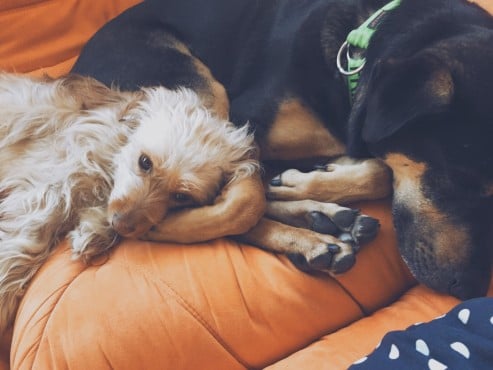
Here are 16 things you need to think about before you and your family welcome a rescued pup into your home:
1. Take your time making a decision.
With all of the adorable “fur babies” in need of homes, you might be tempted to make a snap decision. However, it will be better for your future furry BFF if you put a lot of thought into it. For example, do you live in an apartment, or a house with a yard? Does your family travel a lot? Who will be there to let your dog out when you’re not home? Do your siblings want a new dog as much as you do?
2. Adopting means getting your pup from a shelter.
Even though there are many wonderful dogs waiting in shelters for someone to adopt them, breeders and pet stores continue to produce and sell animals just to make money. For every dog bought from a pet store or breeder, a dog in a shelter has to be put to sleep.
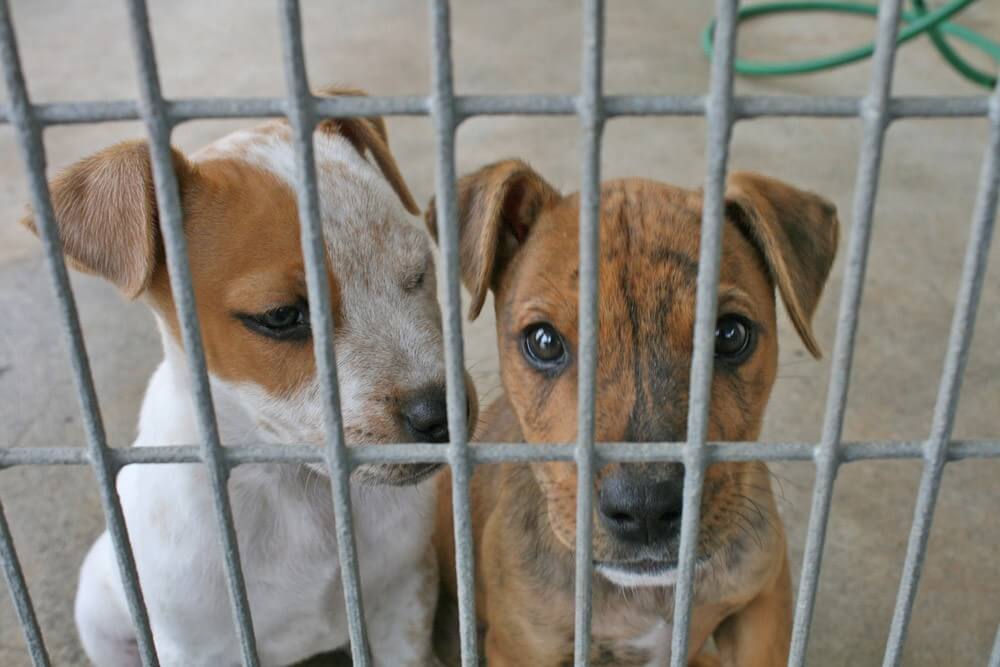 FreeImages.com/vee bee
FreeImages.com/vee bee
Pet stores cause countless dogs (and many other animals) to suffer, so adopt your pup from a shelter instead.
3. Make sure your family’s wallet can handle it!
Dogs require a lot of care that can quickly add up to big bucks. When you’re responsible for a dog, you need to spend money on regular and emergency vet visits (just like humans, dogs can have medical emergencies!), bedding, a collar and harness, high-quality dog food, treats, toys, grooming … the list goes on.
4. It’s so important to get your dog spayed or neutered.
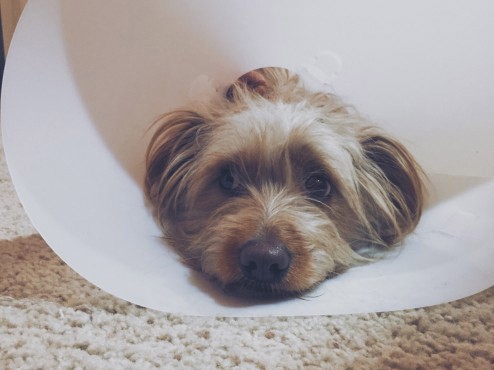
Every year 6 to 8 million animals in the U.S. are left at animal shelters, and half of them are put to sleep just because there aren’t enough good homes for them all. Can you imagine if you were killed simply because there wasn’t enough room for you in the world? The only way to help stop this is to make sure that no more unwanted puppies are born.
5. Dog tags and microchipping are a must!
![]()
Accidents happen and you never know if and when your dog will get lost or run away. If you couldn’t find your way back home, you’d be able to call someone for help, but that’s not the case with dogs. Get a collar with proper tags that have your dog’s name and at least two phone numbers for you or your family. Microchipping (a simple procedure that the vet can do) is another great way to make sure your dog gets back home again! If you move, make sure you update the tags and give the microchip company your new information. Ask your parents to talk to your dog’s vet for more information.
6. Dogs need their teeth brushed, just like humans.
![]()
Seriously! Dental health is important for overall health, so remember to brush your furry BFF’s chompers several times a week. Introduce the toothbrush slowly and gradually, with lots of positive reinforcement. You can make this a fun routine by rewarding your dog after each brushing.
7. Don’t forget about your furry friend’s nails …
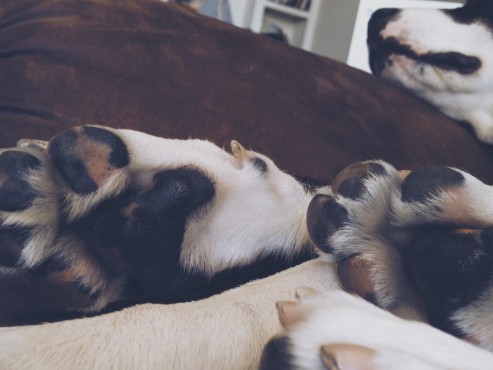
Dogs’ nails should be trimmed regularly so that they don’t break, get snagged on something (which can hurt!), or get so long that they interfere with normal walking—if dogs’ nails grow too long, it can affect their gait and even their nervous system. Some dogs hate having their paws handled, but you can always take your pup to the vet or groomer once a month and let them handle it!
8. … and fur!
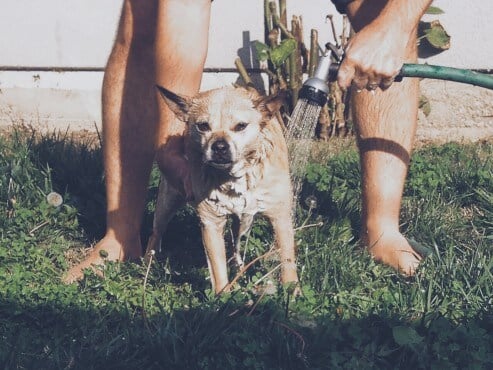
Brushing dogs regularly helps prevent nasty matting and increases circulation to the skin—which keeps it healthy! Spending that quality time together can also be a nice bonding experience. Some pups need professional grooming, so sit down with your parents and read up on how much upkeep your new friend’s coat will need. Dogs don’t really need baths very often. It’s only necessary if they have a skin condition or if they roll in something smelly or dirty, so don’t go overboard with the shampoo—it can dry out their skin and remove important natural oils if used too often.
9. Keep an eye on what your dog eats.
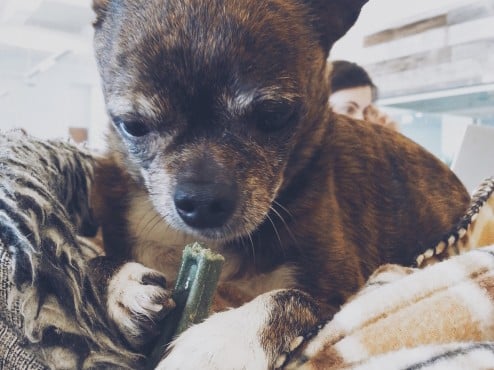
Some foods that are fine for people to eat can be poisonous to dogs. High up on the list is chocolate—but that’s not all. There’re lots of “human foods” that could also be harmful—like onions, grapes, raisins, macadamia nuts, and more. It’s also important to feed your pup high-quality dog food and treats, and be careful not to overfeed—obesity (being super overweight) causes major health problems in dogs and makes them very uncomfortable. And regular meals are much healthier than leaving food out all day long.
10. Dogs need toys and entertainment.
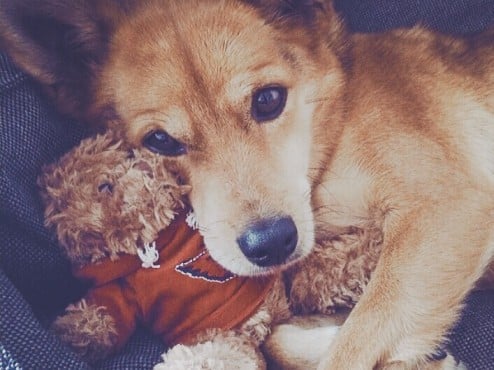
Before adopting a dog, it’s important to pup-proof your home. Hide dangerous items such as chemicals, electrical wiring, and sharp objects—ask your parents to help you find good places for these things. But also, put away anything that could be viewed by your new dog as a toy. If you don’t want your homework or favorite pillow chewed up, be sure to keep them out of your furry friend’s reach. Leave plenty of dog-friendly chew toys out—you don’t like being bored, and neither will your furry BFF!
11. Dogs also need exercise!
This one might seem like a no-brainer because of course pups need to run around. But sometimes people don’t realize just how much exercise their new pooch will really need.
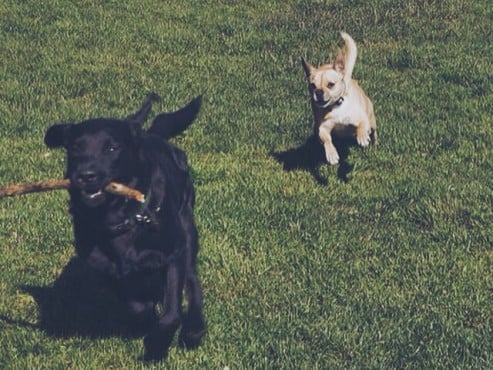
Dogs need to go on at least one long walk every single day. Play games like fetch or “hide and seek” with your furry BFF when you get home from school to help release some of that wild doggie energy. Plenty of exercise and fresh air makes for a happy pup and, as they say, “A tired dog is a well-behaved dog.”
12. Start training your new dog ASAP.
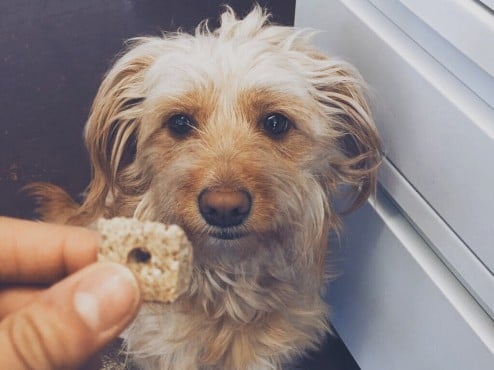
This is a big one. The key to having a happy dog is setting clear rules and boundaries. It’s important to guide new pups with positive rewards. They’ll repeat good behavior if they’re praised for it—just like human kiddos! J And don’t ever lock them in a crate or yell at them for “misbehaving”—that will just make them afraid of you. Dogs can’t possibly know how you want them to behave until you and your family teach them.
13. Prevent fleas, ticks, and worms.
This is especially important from late spring into the fall, when these little critters are the most common. Ask your parents to purchase products that keep fleas and ticks off your dog (such as Comfortis) from your vet.
And don’t forget about heartworms! Where there are mosquitos in the U.S., you can usually find heartworms—and heartworm disease can kill dogs. Thankfully, heartworm prevention is as simple as giving your dog a monthly medication, such as Heartgard (also available from your vet!).
14. NEVER leave your dog chained up outdoors …
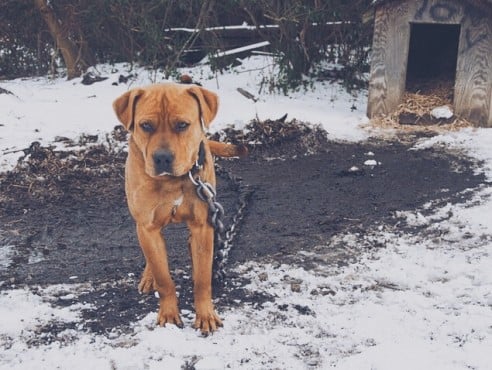
It’s hard to imagine that anyone could ever leave their dog all alone outside to suffer, especially in bad weather, but unfortunately some do. It’s cruel and dangerous. If you know anyone who does this, speak up! Have your parents call animal control or local authorities.
15. … and never leave your dog in the car!
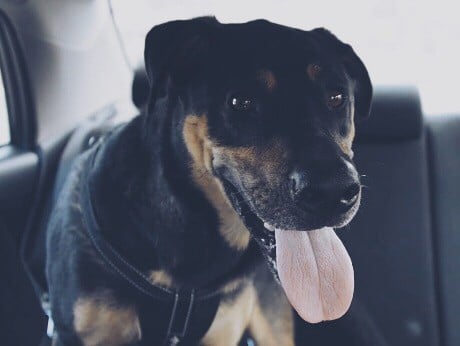
Temperatures inside cars can skyrocket in a matter of minutes—even if it’s not particularly hot outside. If you see a dog locked inside a hot car, ask your parents to report it to the police or animal control immediately. You could save a life!
16. Give your canine pal plenty of love and affection.
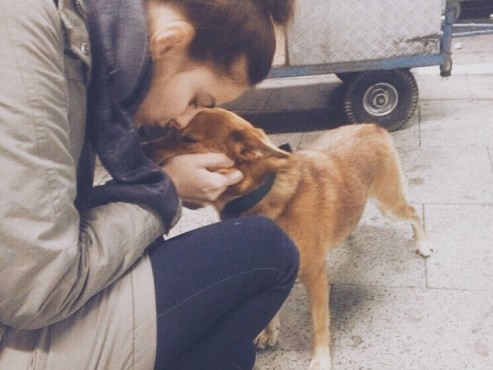
Remember, a dog’s life is much, much shorter than the average human’s life. It goes by quickly, so be your pup’s BFF and show your love every single day!








Under 13? Ask your parents bee-fore you continue!